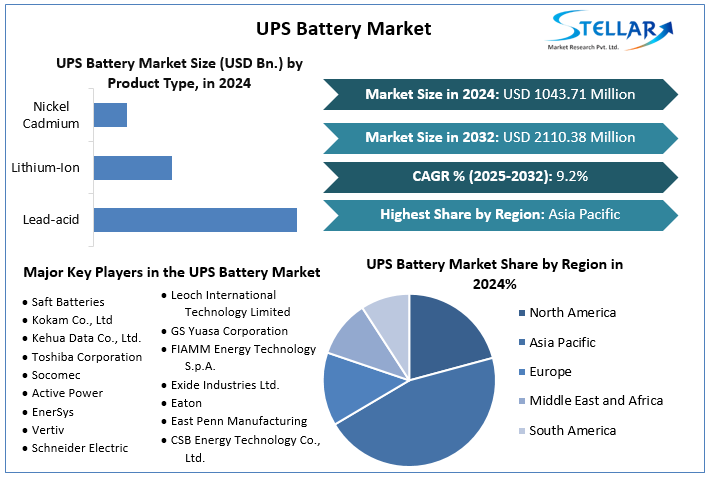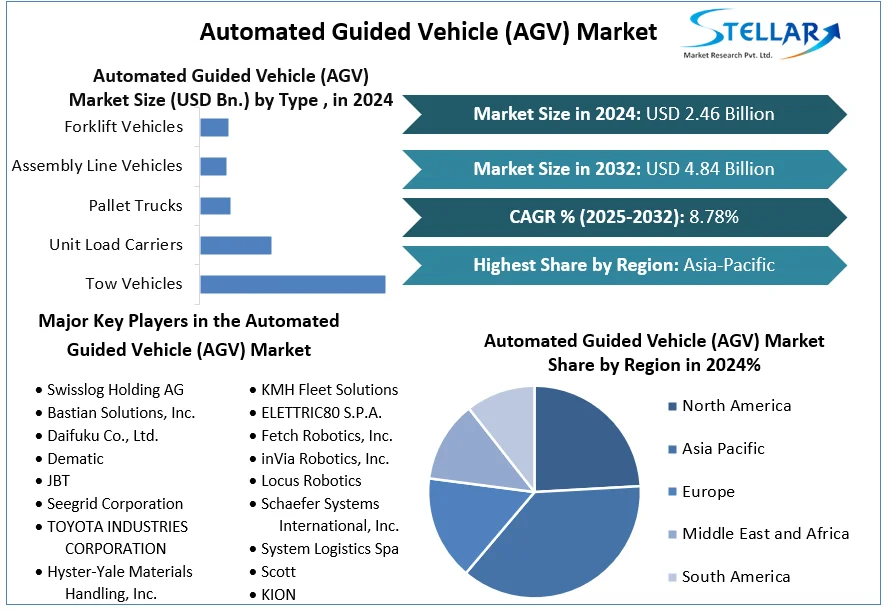The Common Challenges in Smart Contract Development and How to Overcome Them
The blockchain revolution has ushered in a new era of automation and trustless transactions. At the core of this disruption lie Web3 smart contracts, self-executing programs that run on decentralized networks. These digital protocols offer immense transformative potential, yet they come with unique complexities. Unlocking their full power requires addressing the multifaceted challenges of blockchain smart contract development.
Inadequate Understanding of Smart Contract Logic
Many developers transitioning to blockchain misinterpret its architecture. The immutability of smart contracts means logic errors cannot be easily corrected after deployment.
How to overcome it:
Learn patterns like Checks-Effects-Interactions
Apply formal verification early
Start with modular, testable contract designs
Vulnerabilities and Security
Even small mistakes in smart contract code can cause large-scale losses. Common flaws include reentrancy bugs, overflows, and front-running.
How to overcome it:
Follow secure design standards
Use vetted libraries like OpenZeppelin
Integrate tools such as Slither and MythX for audits
Testing and Audit
Testing is often rushed or skipped, which leaves systems open to failure. Security audits are non-negotiable for production-ready code.
How to overcome it:
Build robust test suites with Hardhat or Truffle
Perform edge-case simulations
Conduct external audits from trusted firms
Scalability and Performance
High gas fees and limited throughput affect how smart contracts perform on public blockchains.
How to overcome it:
Optimize logic for gas efficiency
Use Layer 2 solutions like Optimistic or zkRollups
Offload heavy computations using oracles
Integration Issues with Existing Systems
Smart contracts must often integrate with traditional systems and web services. This introduces interoperability challenges.
How to overcome it:
Use middleware like Chainlink or The Graph
Leverage event-driven designs
Secure all external APIs and data channels
Smart Contract Legal Issues and Compliance
Smart contract legal issues arise when code conflicts with legal expectations. Laws are interpretive; code is deterministic.
How to overcome it:
Involve legal professionals early
Include logic for dispute resolution
Stay compliant with regional blockchain regulations
Challenges in Solidity Smart Contract Development
Solidity is powerful but error-prone. Developers often struggle with memory handling, inheritance, and optimization.
How to overcome it:
Follow official Solidity best practices
Learn from community forums and code reviews
Use proven templates and gradually introduce complexity
Why Choose Justtry Technologies
As a leading smart contract development company, Justtry Technologies delivers secure, scalable, and industry-compliant solutions.
We specialize in:
Web3 applications built across DeFi, gaming, healthcare, and logistics
Deep security knowledge and best practices in Solidity smart contract engineering
Transparent development milestones and client collaboration
End-to-end smart contract development services tailored for your business
In a world where code replaces traditional contracts, are you ready to build with resilience and foresight?
Visit: https://justtrytech.com/web3-smart-contract-development-company/,
https://justtrytech.com/smart-contract-development-company/
Contact us: +91 9500139200
Mail address: [email protected]
#smartcontractdevelopmentcompany #smartcontractdevelopmentservices #smartcontracts #blockchainbasedsmartcontracts #web3smartcontracts
The blockchain revolution has ushered in a new era of automation and trustless transactions. At the core of this disruption lie Web3 smart contracts, self-executing programs that run on decentralized networks. These digital protocols offer immense transformative potential, yet they come with unique complexities. Unlocking their full power requires addressing the multifaceted challenges of blockchain smart contract development.
Inadequate Understanding of Smart Contract Logic
Many developers transitioning to blockchain misinterpret its architecture. The immutability of smart contracts means logic errors cannot be easily corrected after deployment.
How to overcome it:
Learn patterns like Checks-Effects-Interactions
Apply formal verification early
Start with modular, testable contract designs
Vulnerabilities and Security
Even small mistakes in smart contract code can cause large-scale losses. Common flaws include reentrancy bugs, overflows, and front-running.
How to overcome it:
Follow secure design standards
Use vetted libraries like OpenZeppelin
Integrate tools such as Slither and MythX for audits
Testing and Audit
Testing is often rushed or skipped, which leaves systems open to failure. Security audits are non-negotiable for production-ready code.
How to overcome it:
Build robust test suites with Hardhat or Truffle
Perform edge-case simulations
Conduct external audits from trusted firms
Scalability and Performance
High gas fees and limited throughput affect how smart contracts perform on public blockchains.
How to overcome it:
Optimize logic for gas efficiency
Use Layer 2 solutions like Optimistic or zkRollups
Offload heavy computations using oracles
Integration Issues with Existing Systems
Smart contracts must often integrate with traditional systems and web services. This introduces interoperability challenges.
How to overcome it:
Use middleware like Chainlink or The Graph
Leverage event-driven designs
Secure all external APIs and data channels
Smart Contract Legal Issues and Compliance
Smart contract legal issues arise when code conflicts with legal expectations. Laws are interpretive; code is deterministic.
How to overcome it:
Involve legal professionals early
Include logic for dispute resolution
Stay compliant with regional blockchain regulations
Challenges in Solidity Smart Contract Development
Solidity is powerful but error-prone. Developers often struggle with memory handling, inheritance, and optimization.
How to overcome it:
Follow official Solidity best practices
Learn from community forums and code reviews
Use proven templates and gradually introduce complexity
Why Choose Justtry Technologies
As a leading smart contract development company, Justtry Technologies delivers secure, scalable, and industry-compliant solutions.
We specialize in:
Web3 applications built across DeFi, gaming, healthcare, and logistics
Deep security knowledge and best practices in Solidity smart contract engineering
Transparent development milestones and client collaboration
End-to-end smart contract development services tailored for your business
In a world where code replaces traditional contracts, are you ready to build with resilience and foresight?
Visit: https://justtrytech.com/web3-smart-contract-development-company/,
https://justtrytech.com/smart-contract-development-company/
Contact us: +91 9500139200
Mail address: [email protected]
#smartcontractdevelopmentcompany #smartcontractdevelopmentservices #smartcontracts #blockchainbasedsmartcontracts #web3smartcontracts
The Common Challenges in Smart Contract Development and How to Overcome Them
The blockchain revolution has ushered in a new era of automation and trustless transactions. At the core of this disruption lie Web3 smart contracts, self-executing programs that run on decentralized networks. These digital protocols offer immense transformative potential, yet they come with unique complexities. Unlocking their full power requires addressing the multifaceted challenges of blockchain smart contract development.
Inadequate Understanding of Smart Contract Logic
Many developers transitioning to blockchain misinterpret its architecture. The immutability of smart contracts means logic errors cannot be easily corrected after deployment.
How to overcome it:
Learn patterns like Checks-Effects-Interactions
Apply formal verification early
Start with modular, testable contract designs
Vulnerabilities and Security
Even small mistakes in smart contract code can cause large-scale losses. Common flaws include reentrancy bugs, overflows, and front-running.
How to overcome it:
Follow secure design standards
Use vetted libraries like OpenZeppelin
Integrate tools such as Slither and MythX for audits
Testing and Audit
Testing is often rushed or skipped, which leaves systems open to failure. Security audits are non-negotiable for production-ready code.
How to overcome it:
Build robust test suites with Hardhat or Truffle
Perform edge-case simulations
Conduct external audits from trusted firms
Scalability and Performance
High gas fees and limited throughput affect how smart contracts perform on public blockchains.
How to overcome it:
Optimize logic for gas efficiency
Use Layer 2 solutions like Optimistic or zkRollups
Offload heavy computations using oracles
Integration Issues with Existing Systems
Smart contracts must often integrate with traditional systems and web services. This introduces interoperability challenges.
How to overcome it:
Use middleware like Chainlink or The Graph
Leverage event-driven designs
Secure all external APIs and data channels
Smart Contract Legal Issues and Compliance
Smart contract legal issues arise when code conflicts with legal expectations. Laws are interpretive; code is deterministic.
How to overcome it:
Involve legal professionals early
Include logic for dispute resolution
Stay compliant with regional blockchain regulations
Challenges in Solidity Smart Contract Development
Solidity is powerful but error-prone. Developers often struggle with memory handling, inheritance, and optimization.
How to overcome it:
Follow official Solidity best practices
Learn from community forums and code reviews
Use proven templates and gradually introduce complexity
Why Choose Justtry Technologies
As a leading smart contract development company, Justtry Technologies delivers secure, scalable, and industry-compliant solutions.
We specialize in:
Web3 applications built across DeFi, gaming, healthcare, and logistics
Deep security knowledge and best practices in Solidity smart contract engineering
Transparent development milestones and client collaboration
End-to-end smart contract development services tailored for your business
In a world where code replaces traditional contracts, are you ready to build with resilience and foresight?
Visit: https://justtrytech.com/web3-smart-contract-development-company/,
https://justtrytech.com/smart-contract-development-company/
Contact us: +91 9500139200
Mail address: [email protected]
#smartcontractdevelopmentcompany #smartcontractdevelopmentservices #smartcontracts #blockchainbasedsmartcontracts #web3smartcontracts
0 Comments
1 Shares
1599 Views













